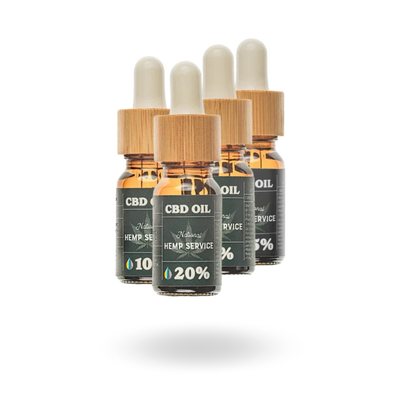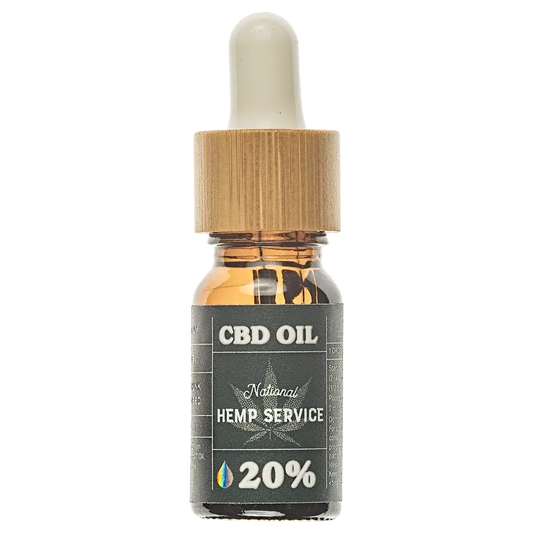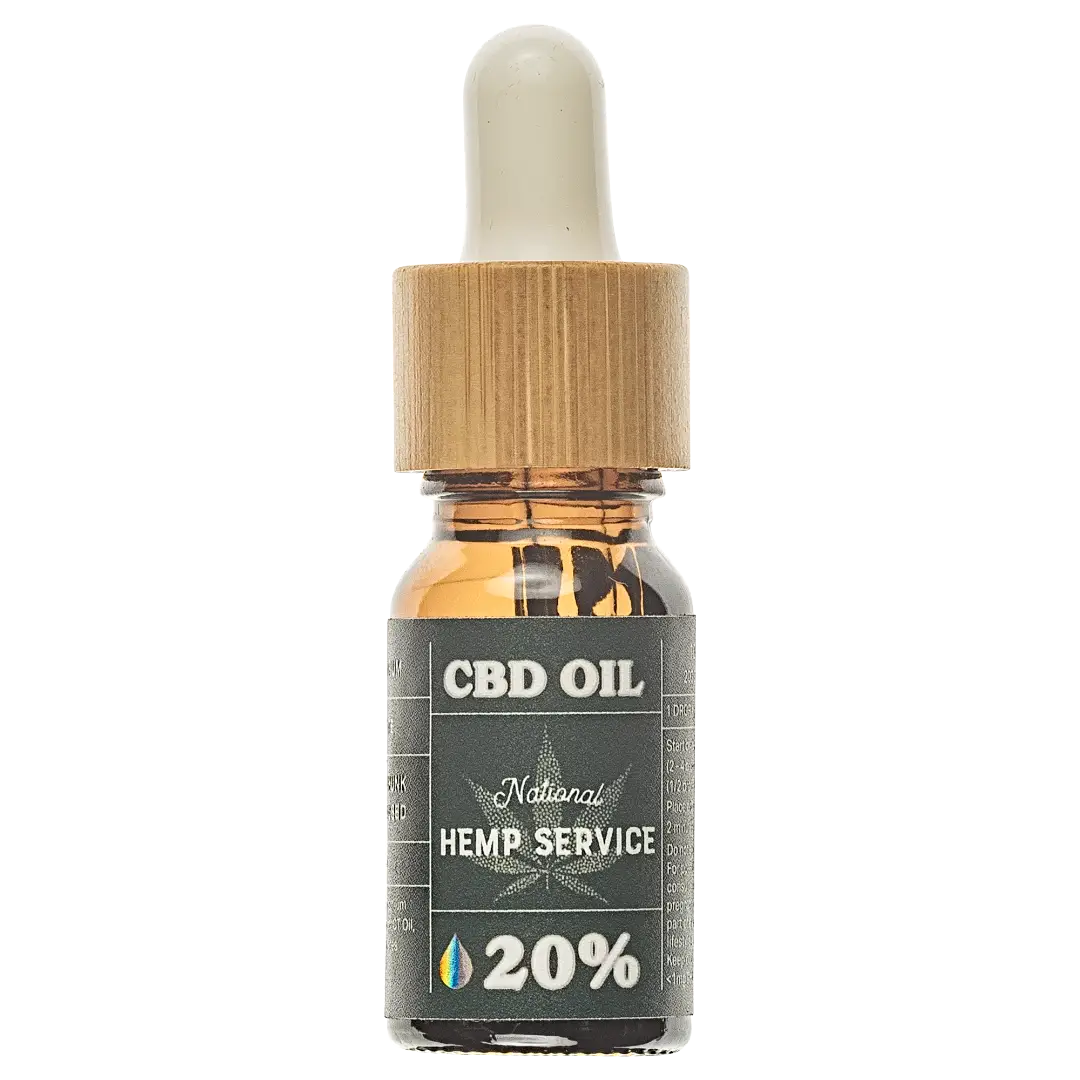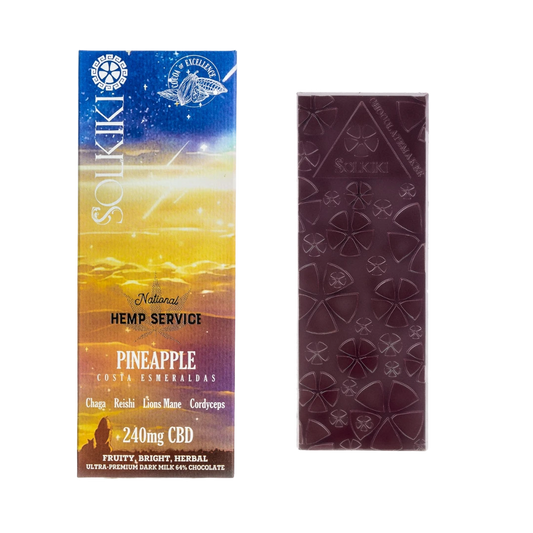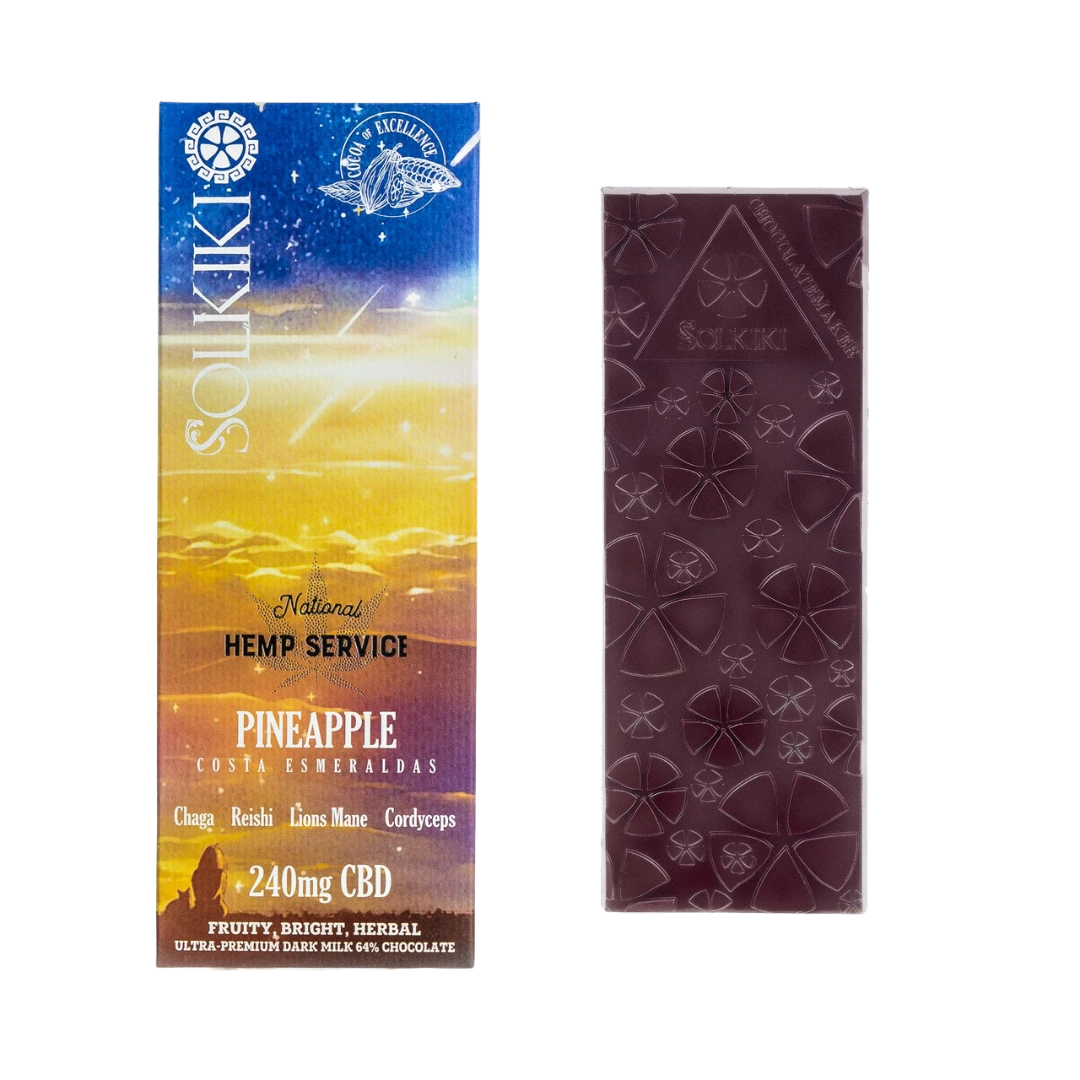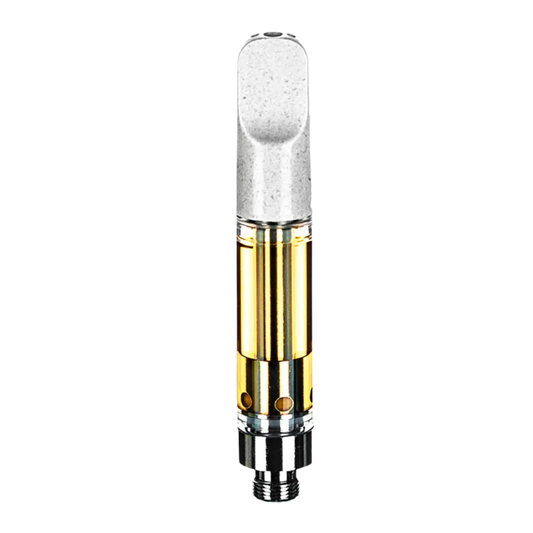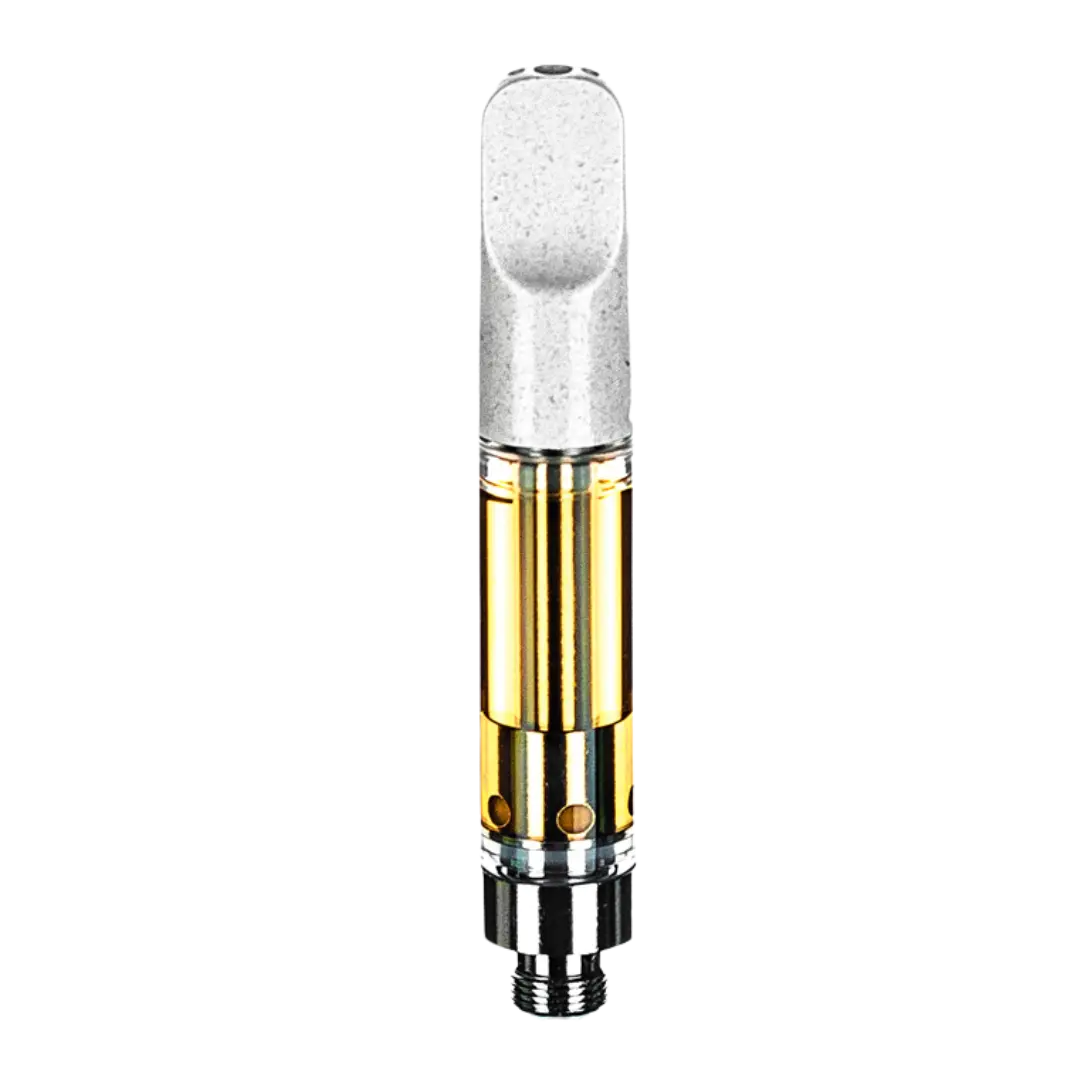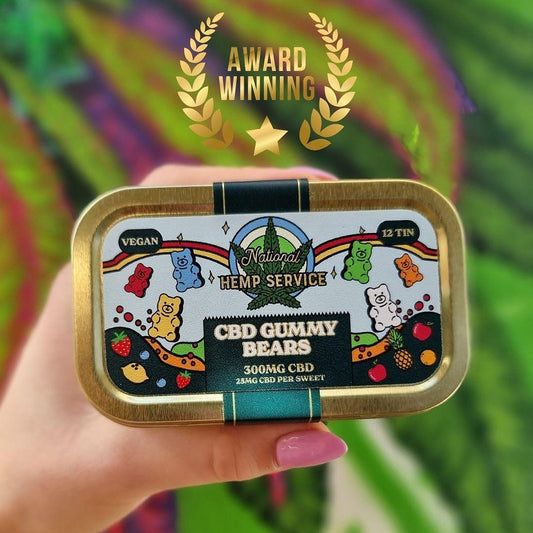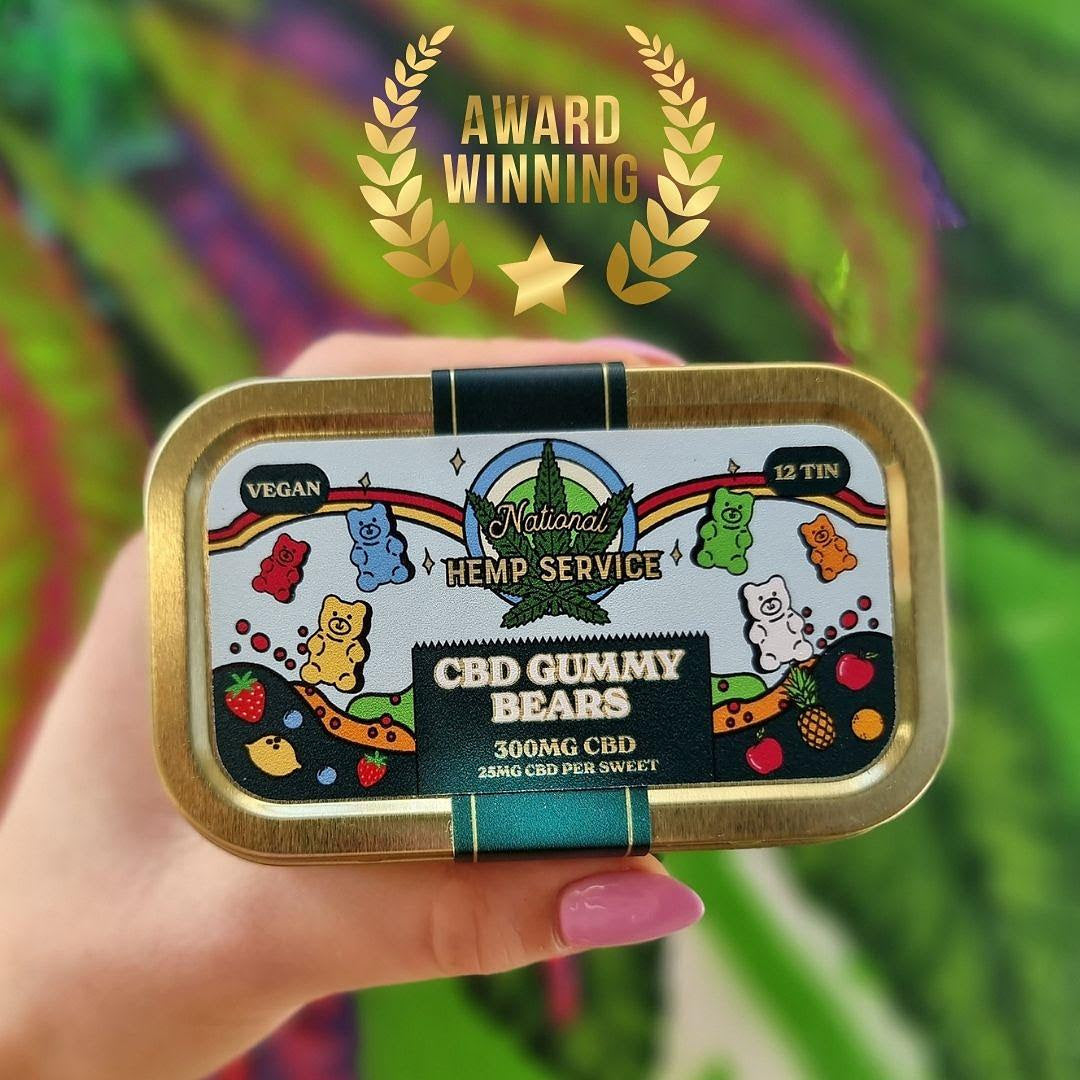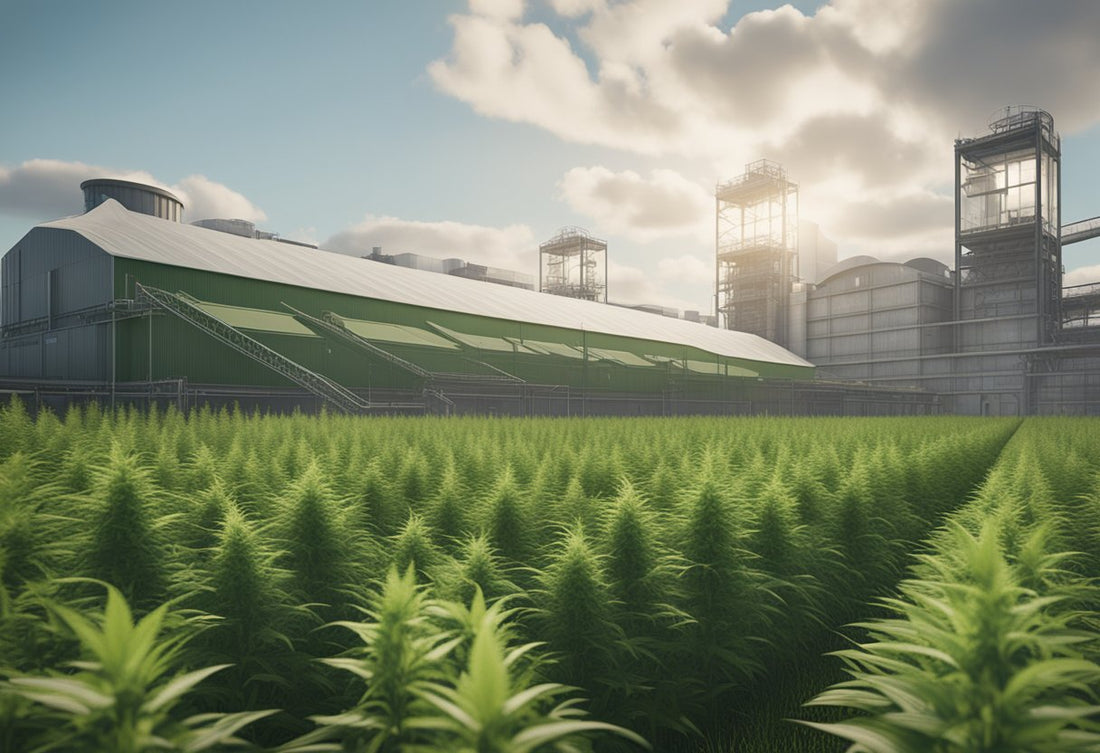This is an AI generated blog, this content is provided for informational purposes only and should not be relied upon for any specific purpose without verification of its accuracy or completeness.
Hemp: The Sustainable Superhero Material You Never Knew You Needed
You're probably aware of the growing need for sustainable materials in construction and other industries. However, have you ever considered using hemp as a replacement for common sustainable materials? Yes, you read that right, hemp!
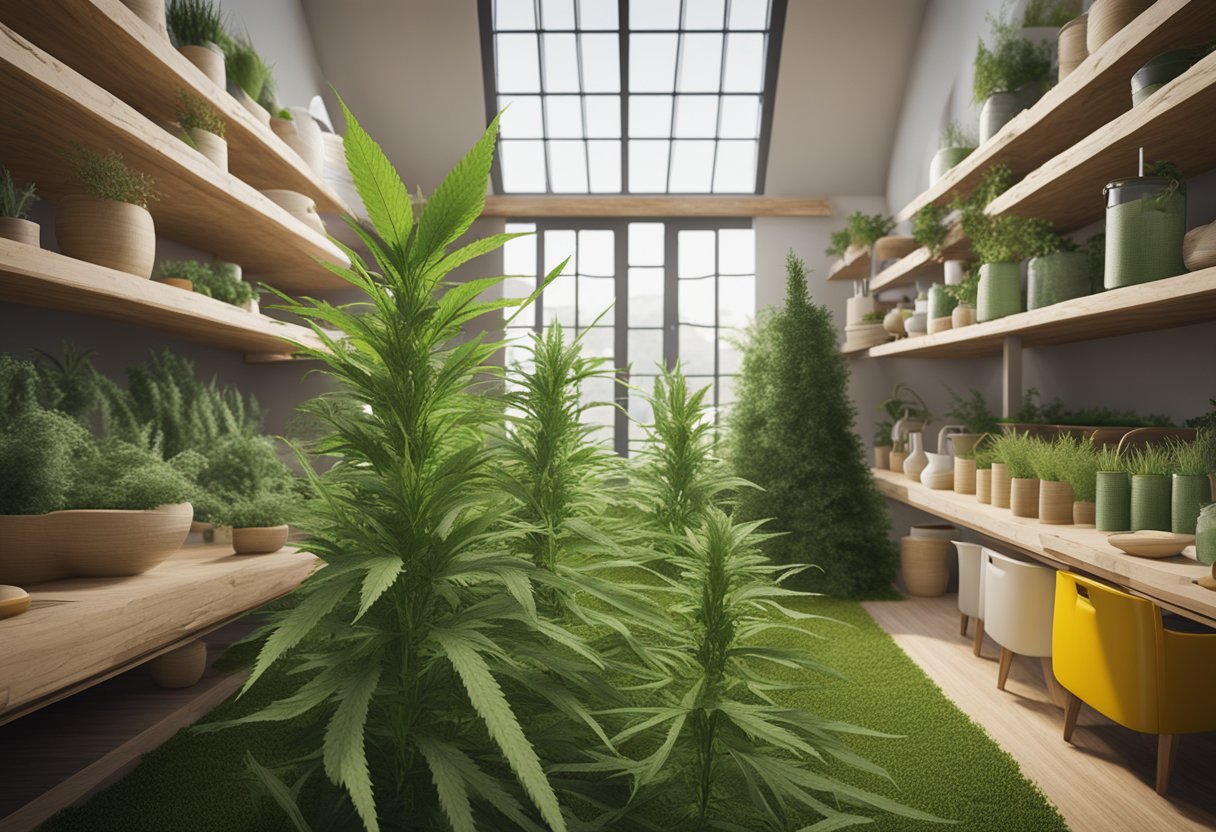
Hemp is a versatile plant that has been used for centuries for various purposes, including clothing, paper, and even food. But did you know that it can also be used as a sustainable building material? Hemp-based products are environmentally friendly, carbon-negative, and highly durable. Plus, they can be used in a variety of applications, from insulation to structural components.
By using hemp as a replacement for common sustainable materials, you can help reduce the environmental impact of your building projects. With its potential to sequester carbon and its short production cycle, hemp is a great choice for those looking to build sustainably. So why not give it a try? You might just be surprised at how effective and versatile this plant can be!
A Brief History of Hemp
Ancient Ropes to Modern Hope
Ah, hemp! The plant that once was used to make ropes and sails for ships is now being hailed as a sustainable alternative to many materials. But where did it all begin?
The cultivation of hemp can be traced back over 10,000 years to ancient civilisations in what is now modern-day China and Taiwan. The resilient fibres of the hemp plant were used for textiles and ropes, marking the beginning of its journey as a vital material.
Hemp Through the Ages
As time passed, the use of hemp spread across the world. In Europe, hemp was grown for centuries as a source of fibre for clothing and paper. It was even used as currency in some regions!
However, the popularity of hemp declined in the 20th century due to its association with its cousin, marijuana. Despite this, hemp has continued to be cultivated for industrial purposes, such as the production of biofuels and construction materials.
Now, with the growing concern for sustainability, hemp is once again being recognised for its potential as a replacement for common materials. Its versatility and eco-friendliness make it a promising option for a wide range of products.
So, there you have it - a brief history of hemp. From ancient ropes to modern hope, this plant has come a long way and has a bright future ahead.
Hemp's Environmental High-Five

If you're looking for a sustainable alternative to common materials, hemp is the way to go. Not only is it versatile, but it's also environmentally friendly. Here are five reasons why hemp is a great option:
Carbon Footprint Foxtrot
Hemp has a low carbon footprint, making it a great choice for those who want to reduce their impact on the environment. In fact, hemp can sequester large amounts of carbon dioxide, which is a major contributor to climate change. This means that growing hemp can actually help to reduce the amount of carbon dioxide in the atmosphere.
Organic Farming Fiesta
Hemp is often grown using organic farming practices, which means that it's free from harmful pesticides and chemicals. This makes it a healthier option for both the environment and for you. Organic farming also helps to maintain soil health, which is important for sustainable agriculture.
When it comes to hemp, there's no need to compromise on sustainability. It's a versatile material that can be used for a variety of different purposes, from textiles to construction materials. So why not give it a try?
Hemp in Construction: The Cannabis Castle

If you're looking to build a sustainable castle that's both eco-friendly and fire-resistant, then hemp is the answer. Yes, you read that right, we said hemp! Hemp is a versatile plant that can be used for a variety of purposes, including construction. In this section, we'll explore how hemp can be used to build a castle fit for a king.
Building with Hempcrete
Hempcrete is a mixture of hemp, lime, and water that can be used to build walls. It's lightweight, fire-resistant, and has excellent thermal insulation properties. Hempcrete is also breathable, which means that it can regulate the humidity levels in your home, keeping it cool in the summer and warm in the winter.
When building with hempcrete, you'll need to use a formwork to create the shape of your walls. Once the formwork is in place, you can pour the hempcrete mixture into it. After the mixture has dried, you can remove the formwork, and your walls will be ready.
Insulation Innovation
Hemp can also be used as insulation. Hemp insulation is made from the woody core of the hemp plant, which is known as hurd. Hemp insulation is an excellent alternative to traditional insulation materials like fibreglass and mineral wool.
Hemp insulation is easy to install, and it's also breathable, which means that it can help regulate the humidity levels in your home. It's also resistant to pests and mould, making it a great choice for those who suffer from allergies.
In conclusion, if you're looking to build a castle fit for a king, then hemp is the answer. With its excellent thermal insulation properties, fire-resistant qualities, and sustainability, hemp is the perfect material for sustainable construction. So, go ahead and build your own cannabis castle today!
Fashionably Green: Hemp in Textiles
If you're looking for an eco-friendly alternative to cotton, look no further than hemp. This crunchy cousin of cotton is making waves in the fashion industry as a sustainable material that's both versatile and stylish.
Cotton's Crunchy Cousin
Compared to cotton, hemp has a much smaller environmental footprint. It requires less water and pesticides to grow, making it a more sustainable option. Plus, hemp plants can be grown in a variety of climates, making it a versatile crop for farmers.
Hemp fabric is also incredibly durable, making it a great choice for clothing that will last for years. It's also naturally resistant to UV rays and has antimicrobial properties, making it a great choice for outdoor clothing and activewear.
The Fabric of Change
Hemp is not only good for the environment, but it's also good for the people who make it. Hemp farming provides job opportunities for farmers and textile workers, helping to support local economies.
In addition, hemp is a versatile material that can be used in a variety of products beyond clothing. It can be used to make everything from paper to building materials, making it a truly sustainable choice for a wide range of industries.
So next time you're looking for an eco-friendly alternative to cotton, consider hemp. It's a fashionable and sustainable choice that's good for the planet and the people who live on it.
Hemp in the Energy Sector: Fuel's Errand

The Biofuel Bonanza
You might be surprised to know that hemp can be used as a biofuel. Yes, you read that right! Hemp can be transformed into fuel that can power your car. Biofuels are a great alternative to fossil fuels as they are renewable resources and can help reduce carbon emissions.
The production of biofuels from hemp is an energy-efficient process that results in a cleaner and greener fuel. The process involves extracting oil from the hemp seeds and converting it into biodiesel. Hemp biodiesel has been found to have a lower carbon footprint than traditional diesel, making it a more sustainable option.
Oil's Out, Hemp's In
Are you tired of relying on oil for energy? Well, hemp could be the answer to your problems! Hemp can be used as a replacement for oil-based products, including fuel. As a bio-based material, hemp is a renewable resource that can help reduce our dependence on non-renewable resources.
Hemp-based biofuels are not only better for the environment but also for your car. Hemp biodiesel has been found to have a higher cetane rating than traditional diesel, which means that it burns more efficiently and produces less harmful emissions.
In conclusion, hemp has the potential to revolutionize the energy sector. As a bio-based material, it can be used as a sustainable replacement for traditional fossil fuels. Its use in the production of biofuels can help reduce carbon emissions and promote a cleaner and greener future. So, next time you're at the petrol station, consider filling up with hemp biodiesel instead of traditional diesel. Who knows, you might just be doing your bit for the environment!
Industrial Hemp: The Plant with a Plan

Looking for a sustainable and versatile replacement for common materials? Look no further than industrial hemp! This plant is a true jack-of-all-trades, with a wide range of uses that make it a valuable addition to any market.
Versatile Veggie Ventures
Industrial hemp is one of the most versatile crops around. From clothing to construction, this plant can do it all. Need some biodegradable packaging? Hemp can help. Looking for a sustainable alternative to plastic? Hemp has got you covered. Want to make some sturdy furniture? Hemp is your new best friend.
From Pesticides to Purity
Unlike some other crops, industrial hemp is naturally resistant to pests and diseases. This means that it doesn't require the same level of pesticides and herbicides as other plants, making it a cleaner and more sustainable option. Plus, hemp is a great crop for phytoremediation, meaning it can help clean up contaminated soil by absorbing toxins.
So if you're looking for a market-friendly, eco-friendly, and versatile crop, industrial hemp is the plant with a plan. Give it a try and see what it can do for you!
Challenges and Opportunities: Hemp's Hurdles

Hemp is an incredibly versatile plant that can be used in a wide range of applications from textiles to building materials. However, like any crop, there are challenges that come with growing and using hemp. In this section, we will look at some of the hurdles that hemp faces, as well as the opportunities that exist for this amazing plant.
Regulatory Riddles
One of the biggest challenges facing hemp is the regulatory environment in which it operates. While the 2018 Farm Bill legalised hemp at the federal level, individual states still have the ability to regulate hemp as they see fit. This has created a patchwork of regulations that can be difficult for farmers and businesses to navigate.
In addition, there are still some misconceptions about hemp that can make it difficult to grow and sell. For example, some people still believe that hemp is the same as marijuana, which is not true. This can lead to confusion and even legal trouble for those who are growing or selling hemp.
Market Manoeuvres
Another challenge facing hemp is the market itself. While there is a growing demand for sustainable materials, hemp still faces competition from other crops and materials. For example, cotton is still the dominant material used in the textile industry, despite the fact that hemp is more sustainable and requires less water to grow.
However, there are also opportunities for hemp in the market. As consumers become more aware of the benefits of sustainable materials, there is a growing demand for products made from hemp. This includes everything from clothing to building materials.
In addition, there is also a growing interest in hemp-based products in the health and wellness industry. Hemp contains compounds like CBD, which have been shown to have a range of health benefits. This has led to the development of a range of hemp-based products, from CBD oils to hemp protein powders.
Overall, while there are certainly challenges facing hemp, there are also many opportunities for this incredible plant. As more people become aware of the benefits of hemp, and as the regulatory environment becomes more favourable, we can expect to see even more growth in the hemp industry in the coming years.
Hemp's Global Footprint: A Patchwork of Policies

Hemp is a versatile and sustainable crop that has the potential to replace common materials in various industries. However, its global footprint is a patchwork of policies that vary by region. In this section, we'll take a closer look at how hemp is being embraced in two regions: The American Adventure and Europe's Elegant Embrace.
The American Adventure
In the United States, hemp was illegal for decades due to its association with marijuana. However, the 2018 Farm Bill legalized hemp cultivation for industrial purposes. This has led to a boom in the hemp industry, with farmers rushing to grow the crop. However, regulations vary by state, and some farmers have faced legal challenges due to the lack of clarity in the law.
In North America, Canada has been a leader in the hemp industry for years, with a well-established regulatory framework. However, the United States is catching up, and the global market for hemp is expected to reach $18.6 billion by 2025.
Europe's Elegant Embrace
In Europe, hemp has a long history of use, dating back to ancient times. Today, the European Union has some of the strictest regulations in the world when it comes to hemp cultivation. However, these regulations also ensure that hemp products are of high quality and safe for consumers.
Hemp is grown in several European countries, including France, Germany, and the Netherlands. In the UK, hemp cultivation was legalized in 1993, but the industry has been slow to take off.
China is also a major player in the global hemp market, with a long history of hemp cultivation. However, the country's regulations are more restrictive than those in North America and Europe, and the quality of Chinese hemp products can vary widely.
Overall, the global hemp industry is a patchwork of policies, with regulations varying widely by region. However, as awareness of hemp's benefits grows, more countries are likely to embrace this versatile and sustainable crop.





